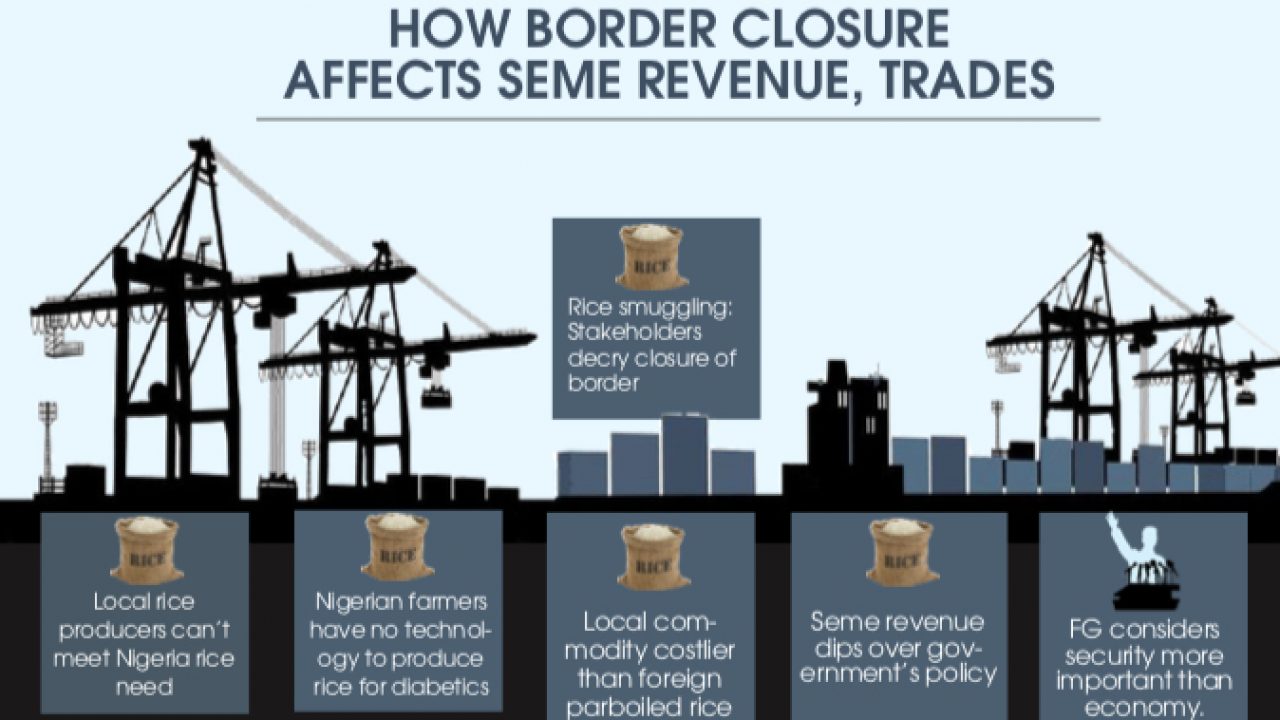According to China’s National Bureau of Statistics (NBS), the world’s second-largest economy grew at a slower pace by 2.9% y/y in Q4-22 (Q3-22: +3.9% y/y), bringing the 2022FY growth print to 3.0% y/y (2021FY: +8.4% y/y). Excluding the 2.2% y/y growth in 2020 after the initial COVID-19 impact, the 2022FY growth print is the worst since 1976. The disappointing growth number is due to troika impact of (1) COVID-19 containment measures given the government’s zero-COVID strategy, (2) weak global demand, and (3) lingering property market downturn. On a quarter-on-quarter basis, the Chinese economy showed no growth in Q4-22 (Q3-22: +3.9% q/q), reflecting underlying weakness across many sectors. We expect domestic economic activities to pick up in the short term, given the government’s relaxation of its stringent COVID-19 containment measures and other targeted measures aimed at boosting domestic consumption. However, the growth expectations could be limited by (1) the threat of new COVID-19 infection waves as restrictive measures are eased, (2) further worsening of the real estate sector, and (3) weak global demand for the country’s exports.
In the United Kingdom, the passthrough impact of moderation in energy prices influenced headline inflation in December. According to the Office for National Statistics (ONS), consumer prices eased for the second consecutive month, moderating by 20bps to 10.5% y/y in December (November: 10.7% y/y). The moderation was driven by price slowdown across the transportation (6.5% y/y vs November: 7.2% y/y), clothing (6.5% y/y vs November: 7.5% y/y) and recreational (4.9% y/y vs November: 5.3% y/y) sub-baskets. On a month-on-month basis, headline inflation rose by 0.4% (November: 0.4% m/m). Although energy prices are now below the levels from a year ago, we understand that they remain significantly higher than in mid-2021. Accordingly, we believe elevated energy prices will continue to feed through the domestic economy in addition to rising wages, keeping inflationary pressures intact. According to this, the BoE could be pressured to raise the key policy rate further in the near term. Indeed, the market is currently pricing a 50bps increase when the BOE holds its first meeting of the year on the 2nd of February.
Global Markets
Global equities markets took a breather this week as rate hike worries tempered China reopening cheer. Accordingly, US (DJIA: -3.7%; S&P 500: -2.5%) stocks were set to close lower as investors assessed the outlook for the Federal Reserve’s subsequent interest-rate hikes and the resilience of the US economy following the release of the latest (1) retail sales data, (2) labour data (jobless claims) and (3) corporate earnings reports. Likewise, European equities (STOXX Europe: -0.5%; FTSE 100: -1.2%) were on course for a weekly loss underpinned by losses in tech stocks amid global recession fears. Elsewhere, Asian markets (Nikkei 225: +1.7%; SSE: +2.2%) were the only outliers in the global sea of red as investors digested Japanese inflation data amid optimism about China’s reopening. The Emerging (MSCI EM: -0.2%) market index dipped, mirroring the weak sentiments across global stocks while the Frontier market index (MSCI FM: +0.4%) closed higher following bullish sentiments in the Vietnamese (+4.5%) market.
Nigeria
Domestic Economy
According to the National Bureau of Statistics (NBS), headline inflation eased by 12bps to 21.34% y/y in December 2022 (November: 21.47% y/y), primarily driven by the favourable base effects from the prior year. Thus, headline inflation averaged 18.77% y/y in 2022FY (2021FY: 16.98% y/y). The breakdown provided shows that food prices (-37bps to 23.75% y/y) moderated after nine consecutive months of increase while core inflation (+25bps to 18.49% y/y) rose to its highest level since January 2007 (19.34% y/y). On a month-on-month basis, consumer prices rose by 32bps to 1.71% (November: 1.39% m/m), synchronising neatly with the trifecta impact of (1) increased demand associated with the festive season, (2) intermittent PMS scarcity, and (3) low food supply exacerbated by the below-average harvest season. Although we expect increased demand associated with the festive season to dissipate in January, price pressures will likely remain intact in the short term, given lingering PMS shortages, increased spending related to the election period, and recent conflicts, which have been higher-than-normal levels. On balance, we now look for a m/m headline inflation of 1.45% in January, translating to 21.32% y/y.
Inflows into the Investors & Exporters Window (IEW) increased by 87.7% m/m to USD1.85 billion in December (November: USD984.50 billion) – the highest level in 12 months. Parsing through the breakdown provided, we highlight that the significant increase was primarily driven by the local sources (+110.3% m/m to USD1.74 billion) just as foreign investors (-30.6% m/m to USD109.80 million) remained on the sidelines. Notably, inflows from exporters (+88.0% y/y to USD819.10 million) rose to their highest level in six months, likely reflecting the continued impact of CBN’s rebate scheme to attract non-oil exports. Notwithstanding, we note that the average monthly inflows to the IEW in 2022FY (USD1.24 billion) was 2.0% and 57.4% lower than 2021FY and pre-pandemic level (2019FY), respectively. The preceding reflects that FX illiquidity remains intact two years after the COVID-19 pandemic distorted the supposedly smooth functioning of the economy. We believe FX liquidity conditions will remain frail over the short-to-medium term in the absence of reforms to attract dollar inflows to the economy. The low FX liquidity conditions will also be driven by the lingering heightened global uncertainties and higher global interest rates, limiting foreign inflows to the economy.
Capital Markets
Equities
The domestic bourse traded marginally higher this week, as investors continued to take positions in bellwether names – AIRTELAFRI (+3.9%) and PRESCO (+9.7%) – despite sell pressures on DANGCEM (-1.9%). Accordingly, the All-Share Index inched higher by 0.2% w/w, settling at 52,601.14 points. Consequently, the YTD gain increased slightly to +2.6%. Activity levels were positive, as trading volume increased by 3.2% w/w while trading value declined by 38.5% w/w. Sectoral performance was mixed, as the Insurance (+1.8%) and Oil and Gas (+0.4%) indices advanced, while the Banking (-2.6%), Industrial Goods (-1.1%), and Consumer Goods (-0.4%) indices declined.
This week, we believe investors will focus on the outcome of the MPC meeting scheduled to hold next week to gain further clarity on the movement of yields in the Fixed Income market. If the MPC increases and there is a passthrough impact on yields in the FI market, there could be realignment of investments between markets that would pressure the performance of the equities market. As a result, we envisage a cautious trading from domestic investors over the next week, and the short-term. Overall, we reiterate the need for positioning in only fundamentally sound stocks as the unimpressive macro environment remains a significant headwind for corporate earnings.









